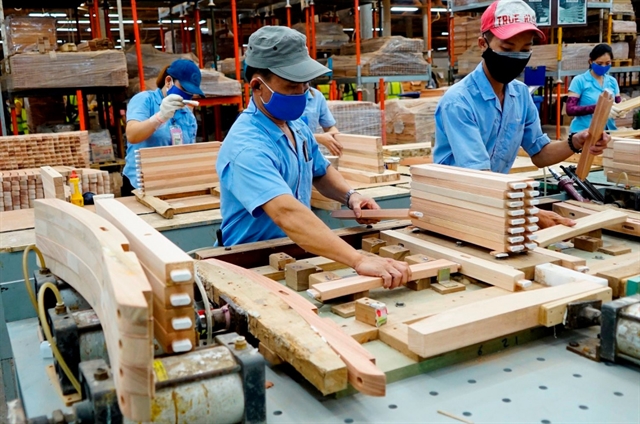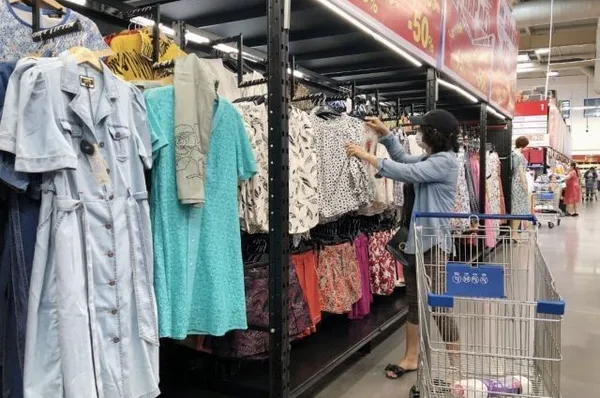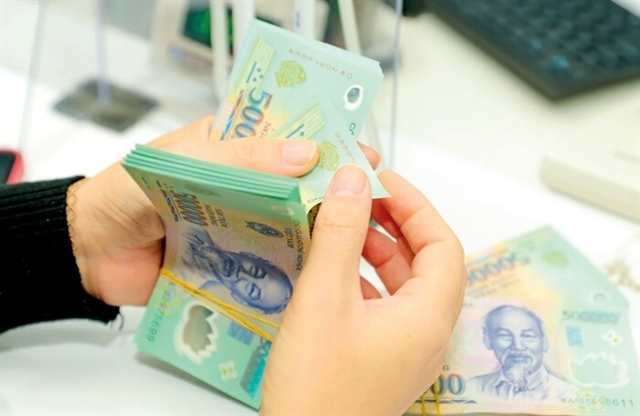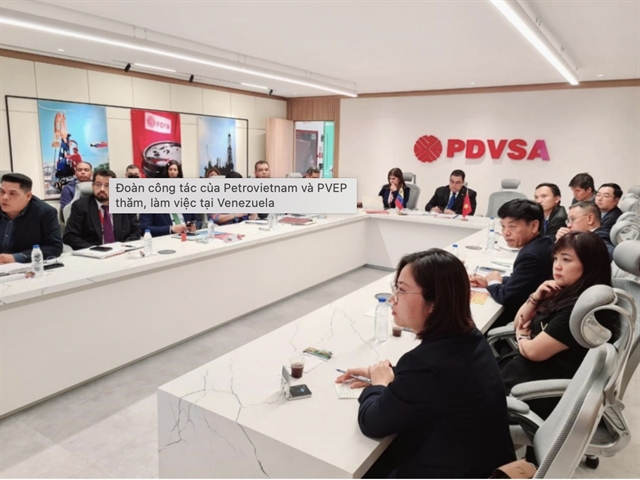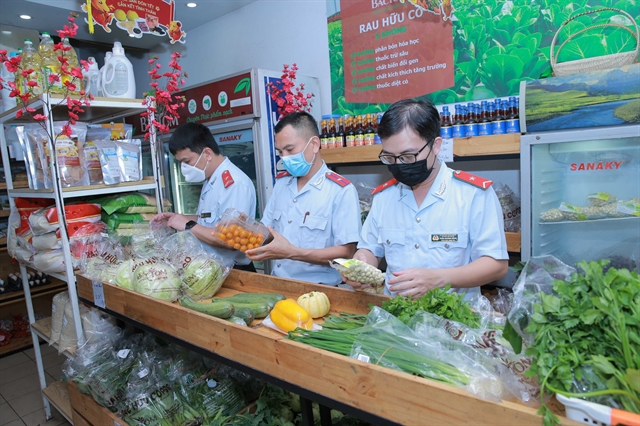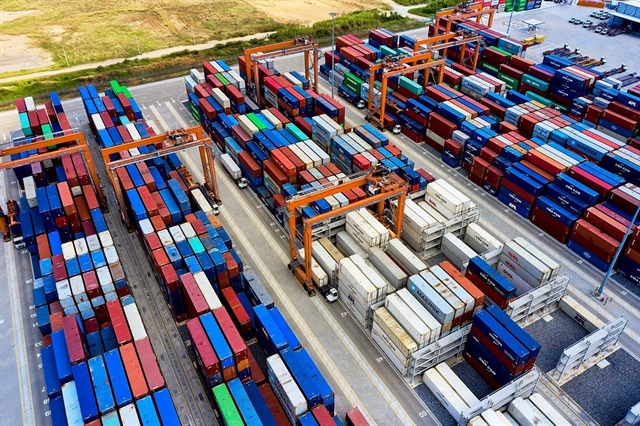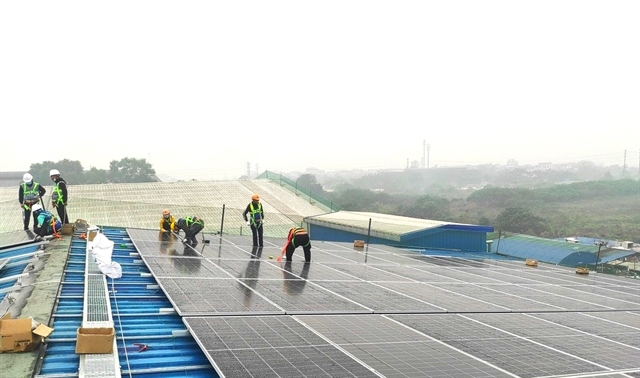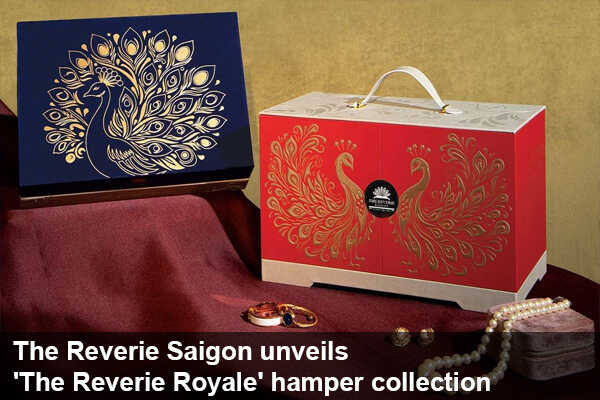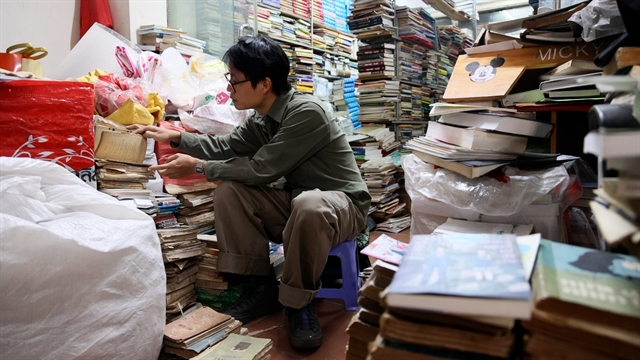
 |
| New Zealand Deputy Minister of Foreign Affairs and Trade Vangelis Vitalis |
In the near future there will be many opportunities to develop Việt Nam-New Zealand relations in many aspects, according to New Zealand Deputy Minister of Foreign Affairs and Trade Vangelis Vitalis.
On the sidelines of the 8th meeting of the Việt Nam-New Zealand Joint Trade and Economic Commission (JTEC), he spoke about the results of the meeting and the prospect of cooperation and investment between Việt Nam and New Zealand.
What are the results of the 8th JTEC meeting? How do you evaluate the cooperation between the two countries in economics, trade and related fields after the 7th JTEC meeting in 2020?
The joint trade economic cooperation talks are always a very important moment in the bilateral relationship between Việt Nam and New Zealand. And the things Việt Nam's Deputy Minister of Industry and Trade Phan Thị Thắng and I focus on are practical things. These things will benefit our businesses, and will then benefit New Zealanders and Vietnamese, because of the way in which we can support the trade flows. For example, we discussed some of the customs procedures on both sides. That would make it easier for our companies to export to one another.
We talked about the need for electronic certification, and to set up a process by which we could inspect each other's agriculture sectors.
I want to really emphasise we have a commitment to grow the bilateral trade relationship to US$2 billion worth of two-way trade. We need to support exporters to create more trade value between the two countries.
Vietnamese limes and pomelos are exported to New Zealand, and we are able to send squash and strawberries to Việt Nam. We needed to work together to find ways to facilitate more of this kind of trade. This would be a benefit to Việt Nam, and also to New Zealand.
Also at the eighth meeting, we actually resolve problems from the seventh meeting. We set a process to promote exports for limes, pomelos, squash and strawberries.
In November 2022, Việt Nam's pomelos and limes were officially allowed to be imported into New Zealand. Can Vietnamese fruits compete with New Zealand's fruits?
New Zealand can’t grow the kinds of limes, the quality of limes that Việt Nam is able to produce, and certainly can't grow pomelos. New Zealand can grow strawberries and squash like a pumpkin in a way that Việt Nam cannot, so the two countries complement one another.
I think that in the future, New Zealand can send Việt Nam products like kiwi fruit and apples that New Zealand grows well, and Việt Nam will send New Zealand products that it grows well, tropical fruit, for example. That's good for New Zealanders because they will buy high quality produce at a very good price.
And I hope that Vietnamese consumers will have this bigger range of New Zealand apples, which of course are the best in the world, kiwi fruit and other agricultural products. Now, the strawberry farmers and the squash producers in New Zealand export those products to Việt Nam for the first time.
Việt Nam has a very strong reputation, particularly in producing high quality and tasty fruits. In fact, Việt Nam sends New Zealand limes.
The Vietnamese mangoes are really top for me. I would certainly welcome more Vietnamese mangos in New Zealand.
Việt Nam and New Zealand are both members of new generation multilateral trade agreements such as the CPTPP, RCEP and AANZFTA. How can the two countries take full advantage of these agreements, especially when New Zealand holds the rotating chair of the CPTPP in 2023?
I think the first thing we need to do is find ways to educate Vietnamese businesses, but also New Zealand businesses, about the opportunities in the two countries' markets, because of the advantage we now have from these trade agreements.
In CPTPP and the ASEAN-Australia-New Zealand FTA (AANZFTA), New Zealand has expedited customs procedures. So, a product that arrives in Việt Nam will be cleared within six hours of customs for perishable products. For Việt Nam, New Zealand has additional Fast-track certification requirements, which means that for Vietnamese producers, they can sell more quickly into the New Zealand market.
But I'm sure that Vietnamese businesses and New Zealand businesses are not aware of this big advantage they have over their competitors.
For New Zealand, its big competitor in the Việt Nam market is Chile. But Chile doesn't have a free trade agreement, while New Zealand has AANZFTA. So, it will give a bit of an advantage to the New Zealand producer. And for Việt Nam, it has a long relationship with New Zealand. That gives Việt Nam a big advantage in the New Zealand market.
Việt Nam is known for producing high quality fruits, for example, as well as clothing and footwear, which is of course of first-class quality.
The job is now to make sure that businesses take the advantages that these agreements have given them.
What are the key sectors that two countries can increase trading and investment and promotions?
For New Zealand, it's not just exporting meat products, dairy products and some fruits to Việt Nam. For Việt Nam, it's not just a case of sending limes and pomelos to New Zealand.
I think the future is in services trade. For example, New Zealand is sending software for health management for Vietnamese hospitals.
Meanwhile, Việt Nam is a major powerhouse of construction engineering. As part of the AANZFTA, New Zealand committed to giving chances for Vietnamese engineers to come and work in New Zealand.
The real growth will be in the educational sector. That's an economic opportunity for both sides. There are important places for the quality of the education New Zealand can supply at a reasonable price, but a very high-quality product. I do think that's an important part of the relationship.
It's not a coincidence that when Prime Minister Jacinda Arden was here (Việt Nam) less than six months ago, part of her agenda was an education roundtable, which really helped highlight the very good quality offerings that New Zealand can provide, but also the benefit that Việt Nam can derive from the relationship with New Zealand.
Many New Zealand companies have invested in Việt Nam, and they're doing very well. So how do they evaluate the investment environment in Việt Nam?
It's an environment that's getting more competitive. So, we face a lot of competition from other investors, such as Australia, the United Kingdom and the EU. Because everyone wants to be in Việt Nam, the third largest economy in ASEAN. We know that for our future, we need to be here. But all of our competitors are also thinking it.
So, we know we've got to be better than the others to make sure that we can be the big investor here in Việt Nam. We're never going to be the big investor in all parts of the Vietnamese economy but we can be an investor in the high-quality agriculture, climate change resilience piece, in healthcare services, and in education services.
These are the areas where I think New Zealand can make a big contribution, that it's good for Việt Nam, but also good for my country as well. VNS



